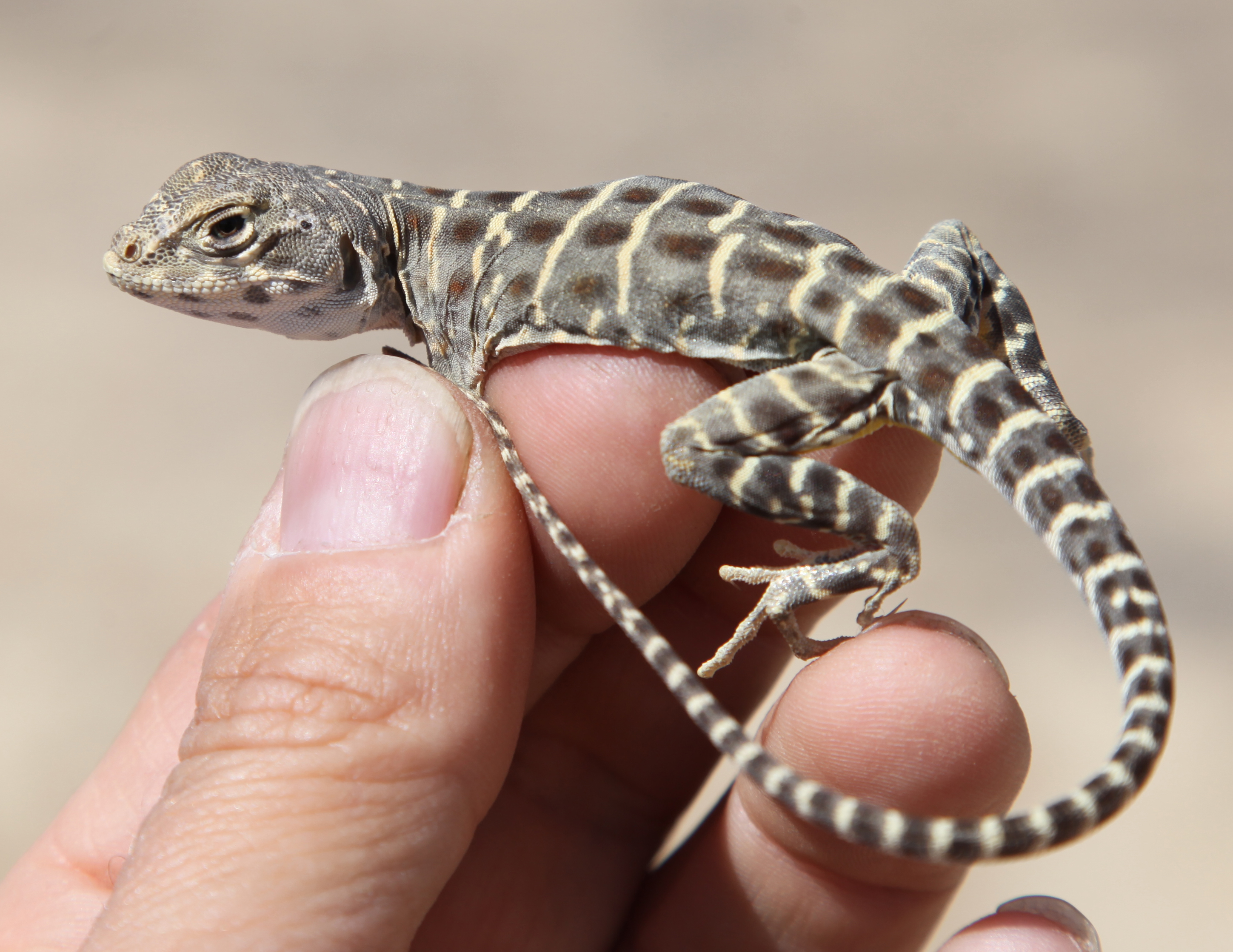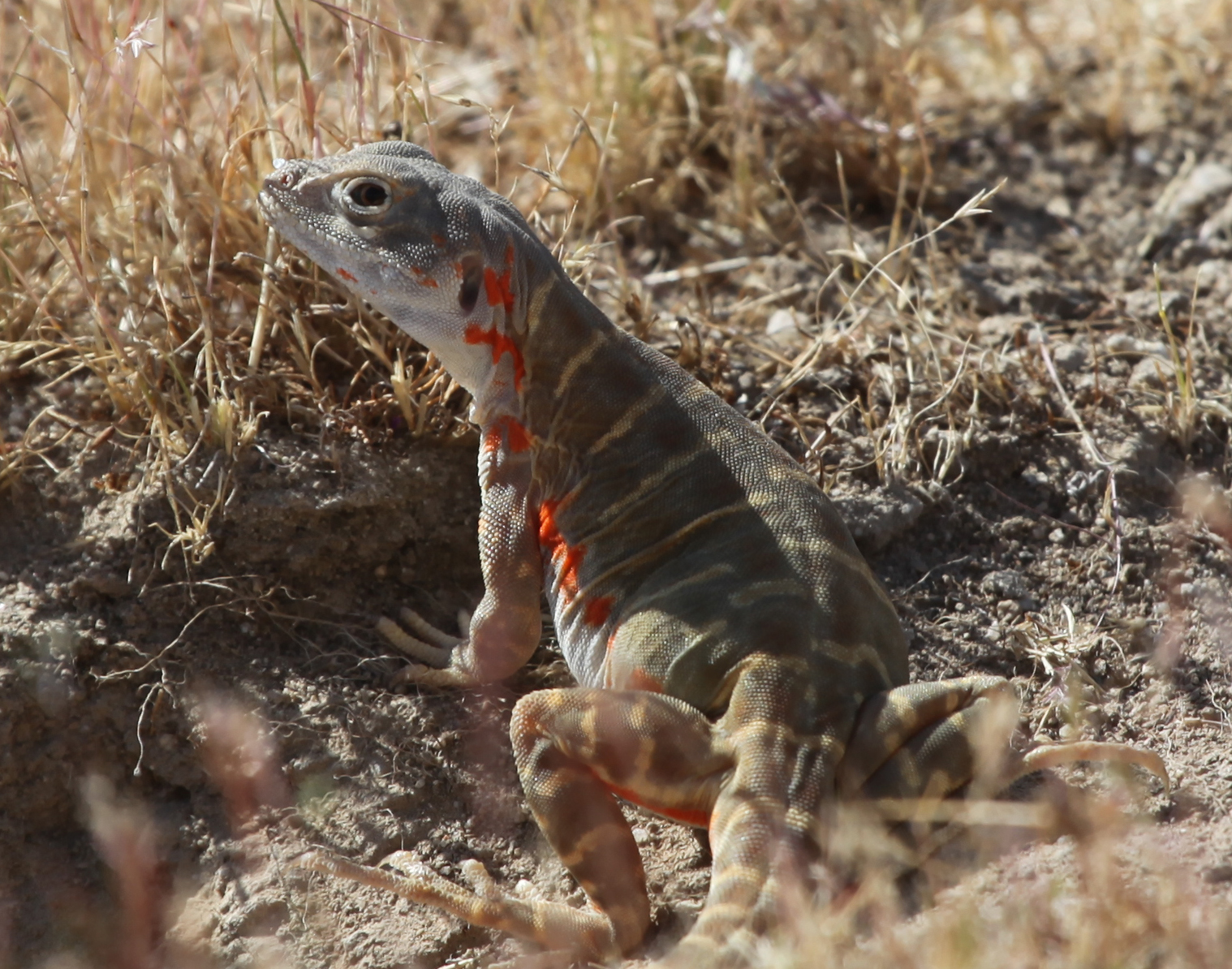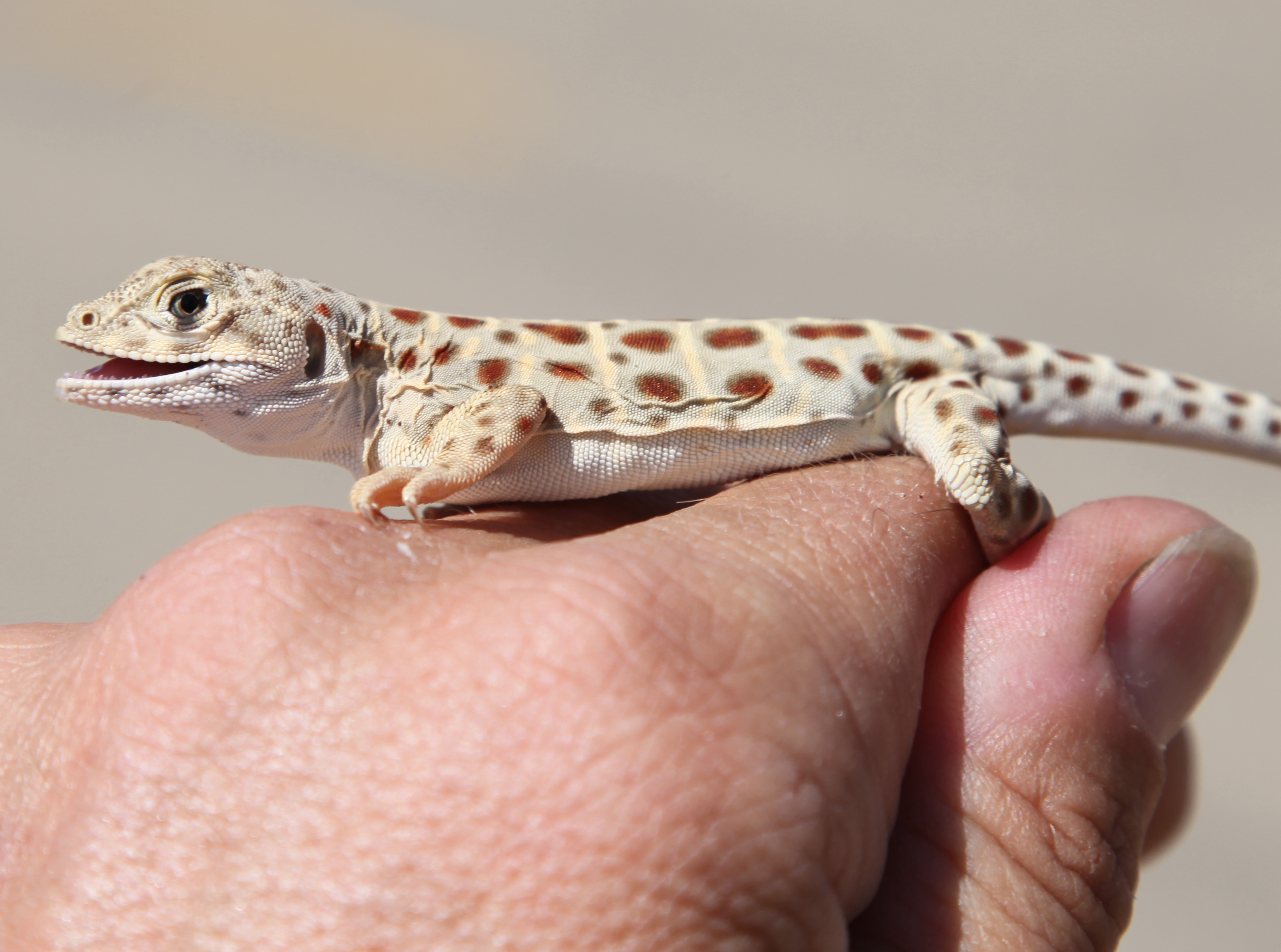Related Stories
- BLM recognizes 2025 Community Engagement Award winners
- Strategic fuel break prevents wildfire spread across U.S.–Mexico border
- BLM unveils redesigned NEPA Register for easier public access
- Progress on Public Lands: BLM 2025 Trump Administration Accomplishments | January 20 - December 31, 2025
- Popular posts: BLM's most viewed blogs of 2025



